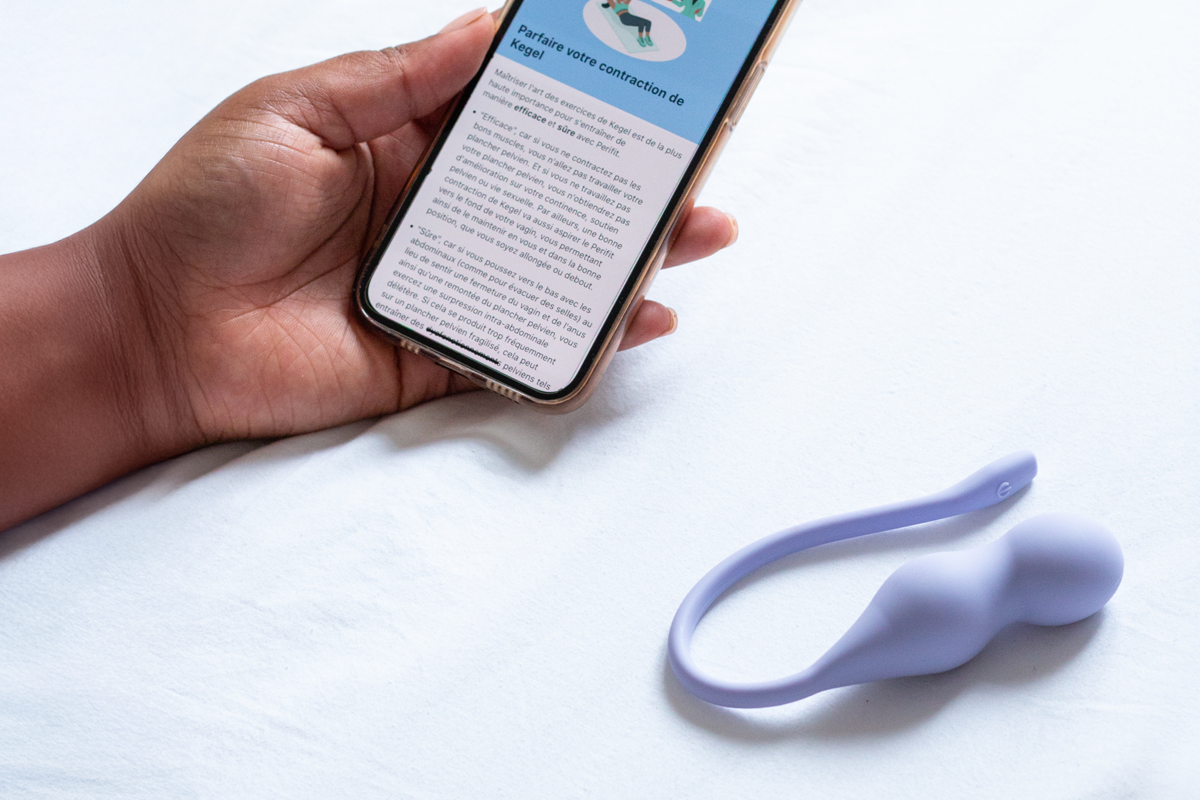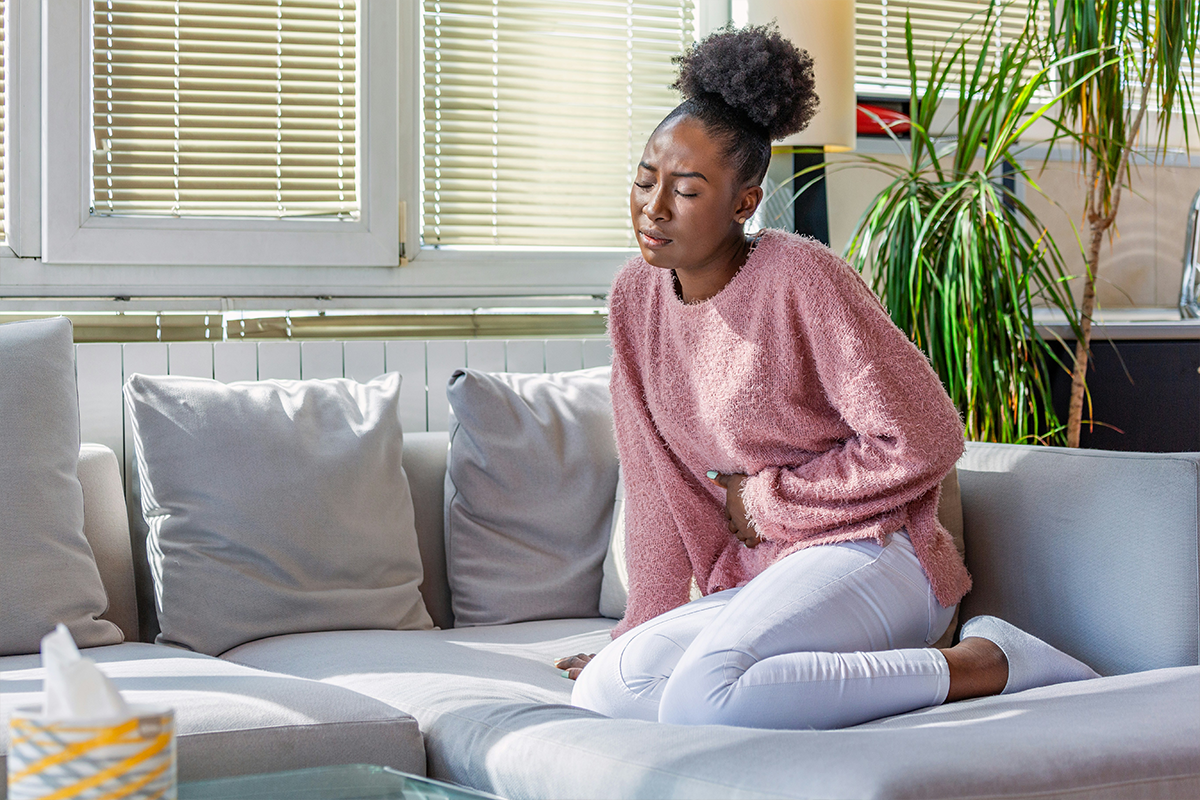Are you experiencing pelvic pain during menopause? Many people going through this life stage deal with discomfort down there. Let's chat about what's causing your pain and how to find relief. Hormonal changes during menopause can wreak havoc on your pelvic area. But don't worry - there are ways to ease the ache. From pelvic floor exercises to hormone therapy, we'll explore your options. Ready to understand and tackle your menopause-related pelvic pain? Let's dive in and get you feeling better. You've got this!
What causes pelvic pain during menopause?
Hormonal changes and their effects
Menopausal pelvic pain is often linked to hormonal fluctuations. As estrogen levels decline, it can lead to thinning and drying of vaginal tissues, causing discomfort and pain, especially with intercourse. These changes can also increase susceptibility to urinary tract infections, which may contribute to pelvic discomfort (1).
Underlying medical conditions
Several medical issues can cause or exacerbate pelvic pain during menopause. Uterine fibroids, endometriosis, and chronic pelvic inflammatory disease (2) are potential culprits. In rare cases, pelvic congestion syndrome (3) can occur even after menopause, causing chronic pain due to enlarged pelvic veins.
Musculoskeletal factors
Changes in muscle tone and bone density can also contribute to menopause-related pelvic pain. Weakening of pelvic floor muscles may lead to discomfort or a feeling of pressure in the pelvic area. Additionally, osteoporosis, which becomes more common after menopause, can affect the pelvic bones and cause pain.
Psychological and lifestyle factors
Stress, anxiety, and depression can intensify the perception of pelvic pain. Moreover, a sedentary lifestyle or being overweight may put extra pressure on the pelvic region, exacerbating discomfort. It's crucial to address both physical and emotional aspects when dealing with menopausal pelvic pain for comprehensive relief.
What are the symptoms of menopausal pelvic pain?
Menopausal pelvic pain can manifest in various ways, often impacting daily life. Understanding these symptoms is crucial for seeking appropriate treatment and relief.
Common physical symptoms
Pelvic pain during menopause often presents as a dull ache or sharp stabbing sensation in the lower abdomen. You may experience cramping, bloating, or a feeling of pressure in the pelvic area. Some individuals report lower back pain or discomfort that radiates to the thighs.
Urinary and vaginal changes
Vaginal dryness and irritation are common symptoms (4), often leading to pain during intercourse. You might also notice increased urinary frequency or discomfort while urinating. In some cases, recurrent urinary tract infections can occur. Please keep in mind that pelvic floor muscle spasms can present like UTI symptoms/ pain. So be sure to get urine culture to have UTI diagnosed.
Impact on daily activities
Menopausal pelvic pain can affect your quality of life. You may find it uncomfortable to sit for long periods or experience pain during physical activities. Some individuals report that their symptoms worsen throughout the day or during certain activities.
Associated symptoms
Other symptoms that may accompany pelvic pain include irregular menstrual cycles, hot flashes, and night sweats (5). Some people also experience mood changes or fatigue, which can exacerbate the perception of pain.
💡 While these symptoms are common, it's essential to consult a healthcare provider for proper diagnosis and treatment options tailored to your specific needs
How can you relieve pelvic pain during menopause?
1. Lifestyle changes and self-care
Menopausal pelvic pain can be challenging, but there are several ways to find relief. Regular exercise (6), especially moderate activities like brisk walking for 30-45 minutes most days of the week, can increase blood flow and release natural pain-relieving endorphins. Maintaining a healthy weight and quitting smoking may also help ease discomfort.
Applying heat through warm baths or heating pads can provide soothing relief during flare-ups. Over-the-counter pain relievers like ibuprofen can help reduce inflammation and alleviate pain.
2. Pelvic Floor exercises and lubricants
Pelvic floor exercises, also known as Kegel exercises, can strengthen the muscles supporting the pelvic organs and improve some forms of urinary incontinence associated with menopause. Regular practice can help alleviate pelvic pain and improve overall pelvic health.
The FDA-cleared solution, Perifit Care+ is a pelvic floor biofeedback device designed to help strengthen the pelvic floor muscles through guided exercises. It uses sensor technology to measure muscle contractions and provide real-time feedback, allowing users to effectively train and strengthen their pelvic floor. Regular use of Perifit Care+ can alleviate pelvic pain and discomfort associated with menopause by improving pelvic floor muscle tone and function.
To address vaginal dryness and pain during intercourse, water-based or silicone-based lubricants and moisturizers (7) can be effective. These products are available without a prescription and can significantly improve comfort during sexual activity.
3. Medical treatments
For more severe cases of menopausal pelvic pain, medical interventions may be necessary. Hormone replacement therapy (HRT) (8) is often the most effective treatment for menopausal symptoms, including pelvic discomfort. However, it's essential to discuss the potential risks and benefits with your healthcare provider.
Alternatively, low-dose vaginal estrogen therapies in the form of creams, suppositories, or rings can help restore vaginal tissue health and alleviate pain with fewer systemic effects than traditional HRT.
💡 Every person's experience with menopausal pelvic pain is unique. It's crucial to work closely with your healthcare provider to develop a personalized treatment plan that addresses your specific symptoms and needs.
When should you see a doctor for pelvic pain during menopause?
Persistent or severe symptoms
If you're experiencing menopausal pelvic pain that doesn't subside or interferes with your daily life, it's time to consult a healthcare professional. Chronic pelvic pain affects about 15% of individuals (9) during their reproductive years. This discomfort can persist or even worsen after menopause, signaling the need for medical attention.
Accompanying symptoms
Be alert for other signs that may accompany pelvic pain. Seek medical help if you notice:
- Persistent bloating (lasting about 3 weeks)
- Unexplained weight loss
- Blood in urine or stool
- Unusual vaginal discharge or bleeding
These symptoms could indicate underlying conditions requiring prompt evaluation.
Changes in bladder or bowel function
Pay attention to any changes in your urinary or digestive habits. Difficulty urinating or having bowel movements, along with severe pelvic pain, warrants immediate medical attention. These symptoms might suggest more serious issues that need swift intervention.
Your health and comfort are paramount. Don't hesitate to reach out to a healthcare provider if you're concerned about menopausal pelvic pain. They can help identify the cause and recommend appropriate treatment options to improve your quality of life.
Dealing with pelvic pain during menopause can be challenging, but you're not alone. Understanding the causes, from hormonal changes to pelvic floor issues, is key. There are effective treatments available. Don't hesitate to talk to your doctor about options like hormone therapy or pelvic floor exercises. These can provide real relief and improve your quality of life. Stay proactive about your health. With the right approach, you can manage menopause-related pelvic pain and feel more comfortable in your body. Keep learning, stay positive, and take control of your well-being.
Sources:
- https://www.mayoclinic.org/diseases-conditions/menopause/diagnosis-treatment/drc-20353401
- https://www.medicalnewstoday.com/articles/322748
- https://www.ncbi.nlm.nih.gov/pmc/articles/PMC8463039/
- https://www.mayoclinic.org/diseases-conditions/vaginal-atrophy/symptoms-causes/syc-20352288
- https://www.medicalnewstoday.com/articles/322040
- https://www.webmd.com/women/ease-chronic-pelvic-pain
- https://www.mayoclinic.org/diseases-conditions/vaginal-atrophy/diagnosis-treatment/drc-20352294
- https://www.webmd.com/menopause/menopause-hormone-therapy
- https://newsnetwork.mayoclinic.org/discussion/mayo-clinic-minute-when-to-seek-care-for-pelvic-pain/





